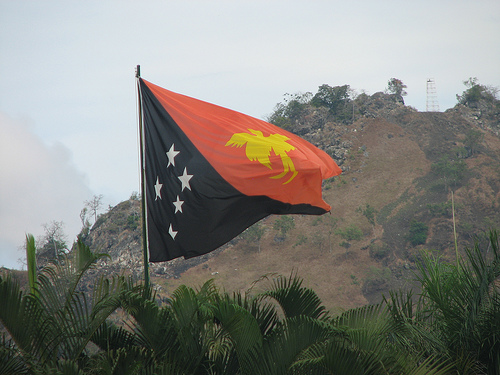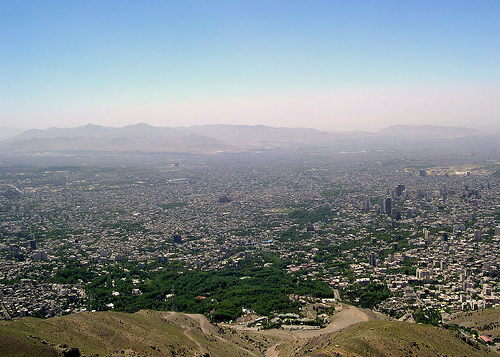
Last week we showcased BRIC countries in a special ISN Insights weekly theme, where we took a closer look at the emerging BRIC powerhouses – Brazil, Russia, India and China – plus one aspiring candidate, Indonesia:
- On Monday we took a closer look at India’s economic growth contrasted against its political stagnation, thanks to commentary by Dr Harsh V Pant.
- Tuesday we forecast what 2011 holds for Russia – politically, economically and diplomatically, in a broad-spectrum analysis by Simon Saradzhyan and Nabi Abdullaev.
- We examined aspiring BRIC member Indonesia on Wednesday, with an analysis by Dr John Sidel on how hopes for membership will continue to drive the government’s ambitious policy agenda.
- Thursday we shone a light on regional behemoth China, soon to overcome the US as the world’s largest economy, according the article from Dr Graham Ong- Webb.
- We wrapped up the work week with Friday’s podcast on Brazil, in which Samuel Logan predicts that Dilma Rousseff will keep the country on a path of carefully managed growth.
This week we’ll be delving into: the growing strength of Indian-Indonesian ties; the implications of recent Tajik-Uzbek squabbles; the crushing costs and growing dangers of ISAF fuel imports; the United Arab Emirates as the region’s nuclear ‘gold standard’; and a status update on Syria. More to come…




